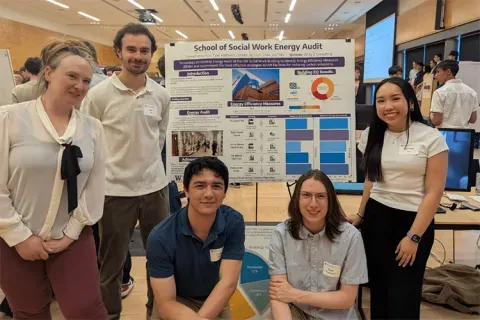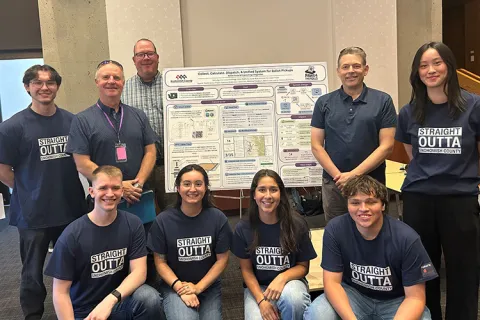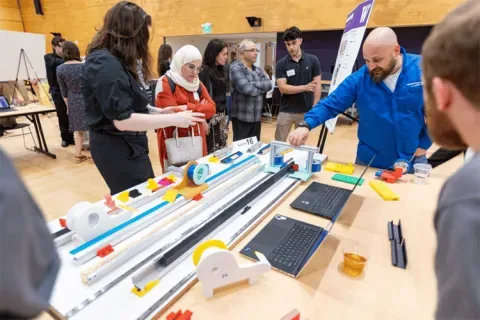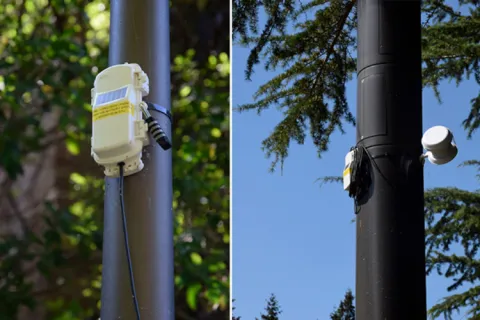PATH
The Impact of Respiratory Care Equipment Product Proliferation on Spare Parts Supply Chains
To treat severely ill COVID-19 patients, medical oxygen is critical. Oxygen requires a set of different biomedical devices to be produced, stored and administered as well as devices to monitor a patient's response to treatment. Program for Appropriate Technology in Heath (PATH) collected data on medical devices in various low and middle income countries and found that public health facilities own a brought variance of device makes and models - even within a facility. Some device categories have upwards 25 different makes and models. This large variability has severe operational consequences. One consequence is spare parts proliferation: for many different makes and models different spare parts are required. Spare parts proliferation increases cost and introduces complexity into the supply chain. This student team worked to create a quantitative model capturing the important dynamics and explore the consequences of proliferation. Outcomes this student team worked towards included a quantitative analysis showing the impact of equipment proliferation on spare parts supply chains in low-and-middle income countries and a qualitative description of managerial approaches to reduce the negative consequences.
Faculty Adviser(s)
Patty Buchanan, Industrial & Systems Engineering
Related News

Mon, 10/13/2025 | UW Mechanical Engineering
Capstone collaboration leads to award
An ME capstone team received first place for its energy audit of the UW School of Social Work building.

Thu, 07/17/2025
UW engineering students develop smart ballot solution
UW engineering students develop smart technology solution to improve ballot collection for Snohomish County.

Mon, 07/07/2025 | UW Mechanical Engineering
Capstone creations
Students displayed innovative capstone design projects at the 2025 expo.

Fri, 09/20/2024 | UW Civil & Environmental Engineering
Smarter irrigation for a greener UW
A new project combines satellite data with ground sensors to conserve water and create a more sustainable campus environment.